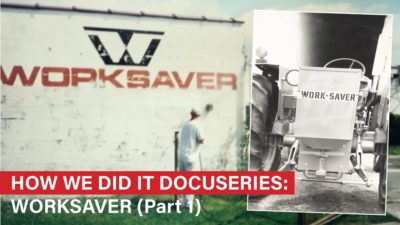Advertise Follow Us
Best Practices
SPECIAL REPORT
What’s Trending in Ag Application Technology?
Developments in applying crop nutrients and pesticides have come fast and furious during the last decade. Many of the newest breakthroughs are aimed at ‘site-specific’ management of inputs, nozzles and individual nozzle control, and soil applications.
Read More
SPECIAL REPORT
Making a Case for Curbing Spending on Inputs
Few signs point to a recovery in crop prices in the near term, which is making it imperative growers find ways to hold down costs.
Read More
Special Report: What's Trending in Ag Application Technology?
Can Application Technologies Reduce Ag Input Costs?
Three years of low grain prices are forcing farmers to minimize production costs. Developments in how they apply inputs will be an important part of growers’ cost cutting.
Read More
2016 Dealership of the Year Video Series: Van Wall Equipment













